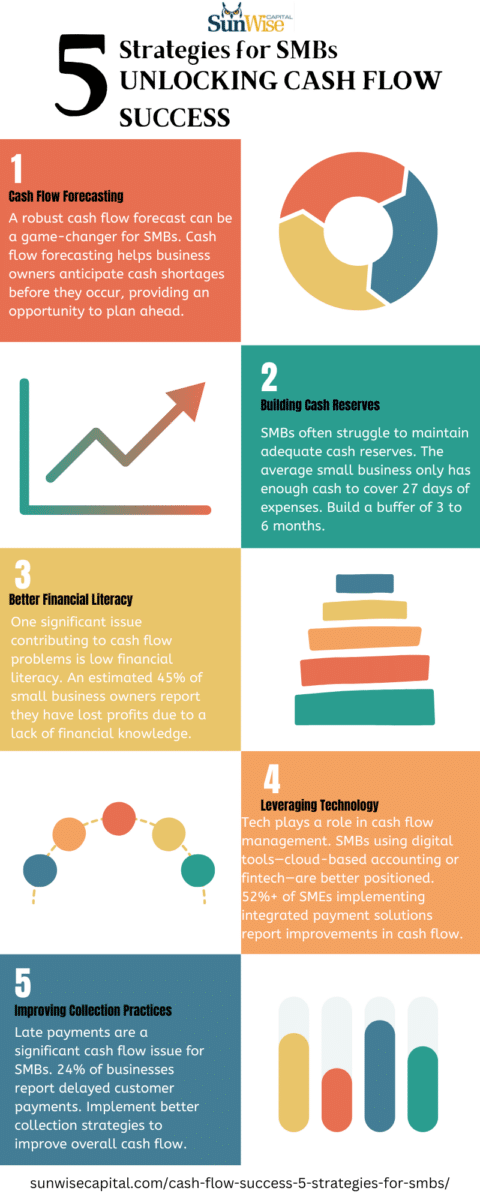As a technology company, it is crucial to have a solid grasp on cash flow management in order to ensure long-term success. Cash flow is the lifeblood of any business, and without proper management, even the most innovative companies can quickly find themselves in financial trouble.
The Importance of Cash Flow Management
Cash flow management is the process of monitoring, analyzing, and optimizing the cash that flows in and out of your business. By keeping a close eye on your cash flow, you can ensure that your company has enough liquidity to meet its financial obligations, such as paying bills, salaries, and investing in future growth.
One of the key benefits of effective cash flow management is the ability to make informed decisions about how to allocate resources. By understanding your cash flow, you can identify areas where you may be overspending or underutilizing resources, and make adjustments accordingly.
Monitoring Cash Flow
The first step in effective cash flow management is to monitor your cash flow on a regular basis. This involves tracking all incoming and outgoing cash, including sales revenue, operating expenses, and investments. By keeping a close eye on your cash flow, you can identify potential problems early on and take corrective action before they escalate.
There are a variety of tools available to help you monitor your cash flow, ranging from basic spreadsheets to more advanced accounting software. Whichever tool you choose, make sure to update it regularly and review your cash flow statements at least once a month to ensure accuracy.
Analyzing Cash Flow
Once you have a clear picture of your cash flow, the next step is to analyze it to identify trends and patterns. Look for areas where your cash flow may be inconsistent or unpredictable, as these can indicate potential areas of concern. For example, if you notice that your cash flow tends to fluctuate dramatically from month to month, it may be a sign that you need to take a closer look at your operating expenses or sales strategy.
When analyzing your cash flow, it can also be helpful to compare your actual cash flow to your projected cash flow. This can help you identify any discrepancies and adjust your financial projections accordingly. By regularly comparing your actual and projected cash flow, you can improve the accuracy of your financial forecasts and make more informed decisions about how to allocate resources.
Optimizing Cash Flow
Once you have monitored and analyzed your cash flow, the final step is to optimize it for long-term success. This involves implementing strategies to improve your cash flow, such as reducing operating expenses, increasing sales revenue, or renegotiating payment terms with suppliers.
One effective strategy for optimizing cash flow is to establish a cash reserve to cover unexpected expenses or revenue shortfalls. By setting aside a portion of your cash flow each month, you can build up a financial cushion to help you weather economic downturns or other unforeseen challenges.
Another way to optimize your cash flow is to streamline your payment processes to ensure that you are collecting payments from customers in a timely manner. This can involve implementing automated billing systems, offering discounts for early payment, or incentivizing customers to pay invoices more quickly.
Conclusion
By understanding the importance of cash flow management and implementing strategies to monitor, analyze, and optimize your cash flow, you can position your technology company for long-term success. By taking a proactive approach to managing your cash flow, you can ensure that your business has the financial stability it needs to thrive in today’s competitive market.
Remember, cash flow management is an ongoing process that requires regular monitoring and adjustment. By staying vigilant and proactive in managing your cash flow, you can set your technology company up for success now and in the future.

